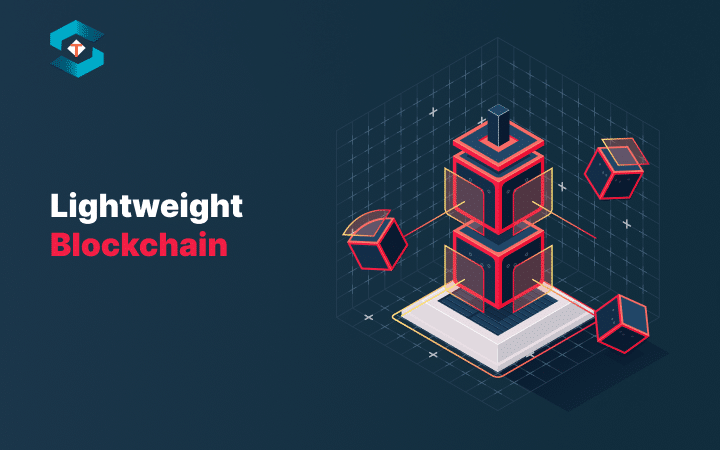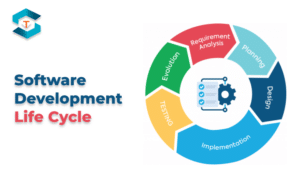A lightweight blockchain typically refers to a blockchain protocol or implementation that aims to reduce the resource requirements necessary for participating in the blockchain network. This reduction in resource requirements can make blockchain technology more accessible and practical for a wider range of devices and applications.
Here are some ways lightweight blockchains are developed or implemented:
Simplified Verification Process:
Lightweight blockchains often adopt methods to simplify the verification of transactions. This can involve using simplified payment verification (SPV) or similar techniques that allow nodes to verify transactions without needing to store the entire blockchain history.
Reduced Storage Requirements:
Implementations might employ techniques like pruning, where older and less relevant data are discarded from the blockchain to reduce storage requirements for network participants.
Efficient Consensus Mechanisms:
Some lightweight blockchains use consensus mechanisms that require fewer computational resources compared to the energy-intensive Proof of Work (PoW) mechanism. For example, Proof of Stake (PoS) or other variations that rely on less computational power.
Optimized Data Structures:
Employing data structures and compression techniques that reduce the overall size of the blockchain data without compromising its integrity or security.
Off-Chain Solutions:
Implementing off-chain solutions or layer-2 protocols can alleviate the burden on the main blockchain by handling transactions or computations off-chain, thereby reducing the load on the main network.
Blockchain Pruning and Snapshots:
Techniques like pruning (removing unnecessary data) and snapshots (taking a state of the blockchain at a certain point) help reduce the data size required to verify and validate transactions.
Enhanced Scalability:
Implementing scaling solutions like sharding or sidechains can help in partitioning the network, enabling parallel transaction processing and reducing the burden on individual nodes.
Mobile-Friendly Implementations:
Developing blockchain protocols that are optimized for mobile devices, ensuring they can run efficiently on devices with limited resources like smartphones or IoT (Internet of Things) devices.
These approaches aim to retain the core principles of blockchain while making it more accessible to a broader range of devices and use cases by reducing the resource-intensive requirements that traditional blockchain networks might have. However, balancing lightweight characteristics with security and decentralization remains a challenge in the development of such blockchain solutions.





